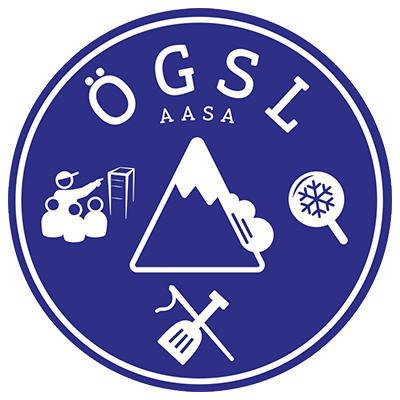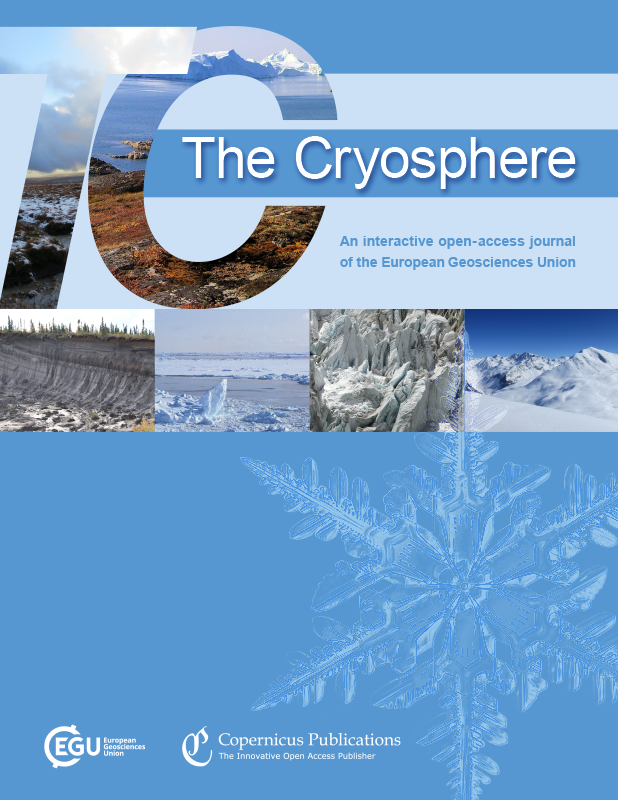2021
Jürg Schweizer, Christoph Mitterer, Benjamin Reuter, and Frank Techel
The Cryosphere, 15, 3293–3315, 2021
https://doi.org/10.5194/tc-15-3293-2021
Abstract
Avalanche danger levels are described in qualitative terms that mostly are not amenable to measurements or observations. However, estimating and improving forecast consistency and accuracy require descriptors that can be observed or measured. Therefore, we aim to characterize the avalanche danger levels based on expert field observations of snow instability. We analyzed 589 field observations by experienced researchers and forecasters recorded mostly in the region of Davos (Switzerland) during 18 winter seasons (2001–2002 to 2018–2019). The data include a snow profile with a stability test (rutschblock, RB) and observations on snow surface quality, drifting snow, signs of instability and avalanche activity. In addition, observers provided their estimate of the local avalanche danger level. A snow stability class (very poor, poor, fair, good, very good) was assigned to each profile based on RB score, RB release type and snowpack characteristics. First, we describe some of the key snowpack characteristics of the data set. In most cases, the failure layer included persistent grain types even after a recent snowfall. We then related snow instability data to the local avalanche danger level. For the danger levels 1–Low to 4–High, we derived typical stability distributions. The proportions of profiles rated poor and very poor clearly increased with increasing danger level. For our data set, the proportions were 5 %, 13 %, 49 % and 63 % for the danger levels 1–Low to 4–High, respectively. Furthermore, we related the local avalanche danger level to the occurrence of signs of instability such as whumpfs, shooting cracks and recent avalanches. The absence of signs of instability was most closely related to 1–Low and the presence of them to 3–Considerable. Adding the snow stability class and the 3 d sum of new snow depth improved the discrimination between the lower three danger levels. Still, 2–Moderate was not well described. Nevertheless, we propose some typical situations that approximately characterize each of the danger levels. Obviously, there is no single easily observable set of parameters that would allow us to fully characterize the avalanche danger levels. One reason for this shortcoming is the fact that the snow instability data we analyzed usually lack information on spatial frequency, which is needed to reliably assess the danger level.



